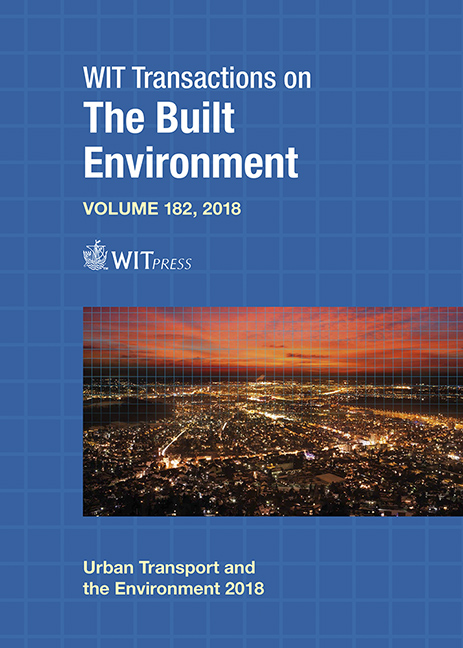LIFE CYCLE ASSESSMENT OF SILICON ALLOY-BASED LITHIUM-ION BATTERY FOR ELECTRIC VEHICLES
Price
Free (open access)
Transaction
Volume
182
Pages
11
Page Range
129 - 139
Published
2019
Paper DOI
10.2495/UT180131
Copyright
WIT Press
Author(s)
MAEVA PHILIPPOT, JELLE SMEKENS, JOERI VAN MIERLO, MAARTEN MESSAGIE
Abstract
Battery Electric Vehicles (BEV) are seen as a solution for cleaner mobility, due to their ability to reduce air emissions in cities. Batteries are key components that have a large influence on performances of EVs. Energy density is an important requirement from automotive industry, therefore the goal of this study is to assess the impact of a traction battery with new cells containing a high voltage NMC cathode and silicon alloy based anode on climate change. Silicon is a promising material for traction batteries, considering its high energy density. The scope of the paper is the manufacturing. This study uses the life cycle assessment method. Setting coherent system boundaries and functional units is essential and literature regarding these choices is reviewed. Site-specific data from industrial partners is collected as much as possible. The uncertainty of the results is then assessed thanks to a Monte Carlo simulation. The main contributor to climate change is cell manufacturing due to the use of fossil resources for electricity generation. The next big contributor is the cathode paste, half of the cathode paste emissions occurring in the nickel sulphate manufacturing. Note that nickel sulphate is the main precursor in the cathode. Substrates, electrolytes and separators do not represent high shares of emissions, even though they represent almost 40% of the cell mass. To evaluate the robustness of the conclusions, a sensitivity analysis is performed. Today, most of batteries are manufactured in China and the European Commission is pushing toward a more local production. The sensitivity of the results is tested by replacing the original mix by the Chinese average mix and by renewable energy sources. In conclusion, manufacturing in Europe can reduce the impact on climate change and using hydropower and/or photovoltaic panels can even improve the environmental performances of manufacturing of this battery.
Keywords
battery manufacturing, electric vehicle, life cycle assessment, GHG emissions, silicon lithium ion battery, NMC battery, silicon anode, Cradle to Gate





